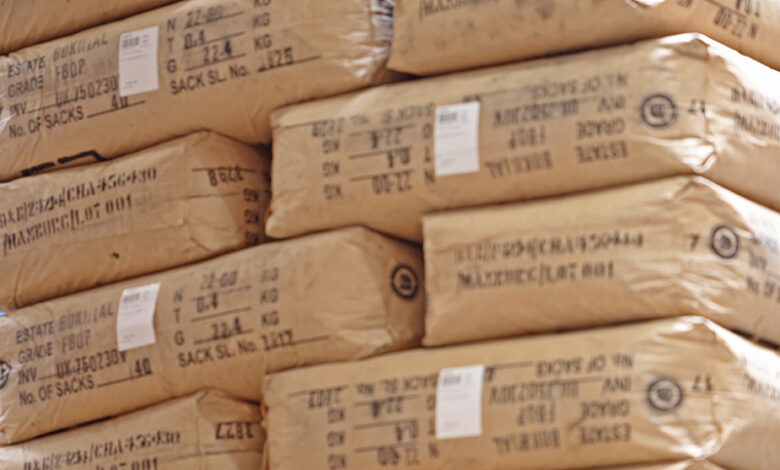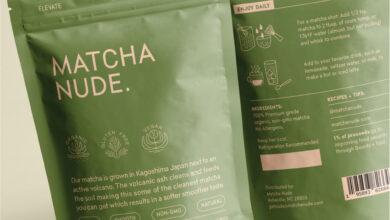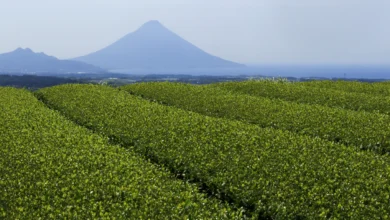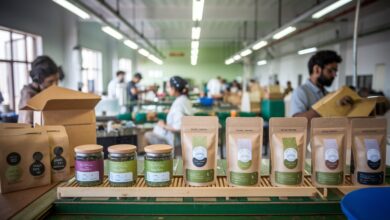Exporting Matcha from India: How I Reached Global Buyers from My Farm

Introduction
If someone told me five years ago that our small organic tea farm in India would be shipping matcha to cafes in Berlin and wellness stores in Canada, I wouldn’t have believed it. I’m a farmer, not a businessman—or at least, that’s what I thought.
But with the rising global demand for clean, high-quality matcha, I saw a green business opportunity. It wasn’t easy. There were learning curves, paperwork, quality hurdles, and marketing challenges. But step by step, I figured it out.
In this article, I’ll share exactly how I started exporting organic matcha from India, using simple steps and lessons. I’ll keep it real, beginner-friendly, and practical—because I’ve been where you are.
Why Export Matcha from India?
A Global Trend with Room for India
Matcha is no longer just a Japanese product. While Japan still leads in quality, countries like China, Korea—and now India—are stepping into the market. People across the U.S., Europe, UAE, and Southeast Asia are drinking matcha for its health benefits.
India has ideal conditions for matcha farming in parts of Assam, Nilgiris, and even Sikkim. Plus, labor and land costs are lower than Japan, making our matcha more affordable.
Why Buyers Are Interested in Indian Matcha
- Competitive pricing
- Organic cultivation
- Unique terroir and taste
- Fresh direct-from-farm supply
Step 1: Ensuring Premium Quality
Before thinking about selling internationally, I had to make sure my product could compete.
Focus Areas for Quality
- Shade-grown leaves: 25–30 days under 75% shade nets
- Hand-picked only the top 2 leaves and bud
- Steamed immediately, not pan-roasted
- De-stemmed and stone-ground to fine powder (less than 10 microns)
I also tasted Japanese matcha regularly to compare and improve.
Step 2: Organic and Export Certifications
Without proper certifications, international buyers won’t even consider you.
Must-Have Certifications
- NPOP India (APEDA) for organic farming
- USDA NOP for U.S. markets
- EU Organic Certification for European markets
- FSSAI & IEC Code for legal exports
The certification process took time (2–3 years for full compliance), but it built credibility.
Step 3: Setting Up Export Infrastructure
Key Things I Arranged
- Vacuum sealing machines for freshness
- Batch testing from NABL-accredited labs
- Cold storage for bulk powder
- Customs clearance agent (helps with paperwork)
- Registered on DGFT portal with an Import Export Code (IEC)
Tip: Join APEDA and TEA BOARD INDIA – they help with subsidies and export guidance.
Step 4: Finding Buyers Without Middlemen
At first, I thought I needed an export house. But I learned to reach buyers directly.
What Worked for Me
- B2B Platforms: I listed my product on Alibaba, Indiamart, and TradeIndia
- Direct Outreach: I emailed wellness brands and small cafes abroad with a sample offer
- LinkedIn & Instagram: I shared my journey and behind-the-scenes farm stories
- Expos & Fairs: Participated in a virtual organic expo hosted by APEDA
I sent out free 20g samples to ten interested businesses — and 3 became repeat buyers.
Step 5: Logistics and Shipping
Once I had confirmed buyers, shipping became the next challenge.
Shipping Tips for Small Farmers
- Start with courier services like DHL or FedEx for smaller orders
- Use export cartons and vacuum-sealed packs
- Label everything with batch number, ingredients, weight, and organic logos
- Work with a CHA (Customs House Agent) to avoid port delays
Eventually, as orders grew, I worked with a freight forwarder to reduce costs.
What I Learned (And What You Should Know)
Lessons from My Export Journey
- Never skip quality. Export buyers expect consistency.
- Certifications are slow but worth it. Without them, doors remain closed.
- Direct contact beats agents. Build relationships yourself.
- Stay small, but sharp. I still produce under 15kg a week—but I’m profitable.
- Storytelling works. Your farm’s story sells better than sales pitches.
FAQ Section
Q1: Can Indian matcha really compete with Japanese matcha?
Yes, especially in price and freshness. While ceremonial grade still leads in Japan, Indian matcha is great for culinary and wellness use.
Q2: How much does it cost to get export-ready?
Expect Rs. 3–5 lakhs including certification, basic machines, packaging, and testing.
Q3: What documents are required to export matcha from India?
IEC, FSSAI, Organic Certification (NPOP/NOP), test reports, and shipping invoices.
Q4: Can small farmers export directly without agents?
Yes, thanks to online platforms and social media, small farmers can now export directly.
Q5: Is the matcha export business profitable?
Yes, especially in niche premium markets. A 30g packet can sell for $8–12 internationally.
Conclusion: Green Business, Global Impact
Exporting matcha is not just a business for me—it’s a way to share something pure from my soil with the world. It’s also proof that even small farmers from India can go global with the right approach.
If you’re thinking about export but feel it’s too complex, I say: start small. Start smart. Let your product speak for itself.
“Your story is your strength. Grow it, pack it, and send it to the world.”




